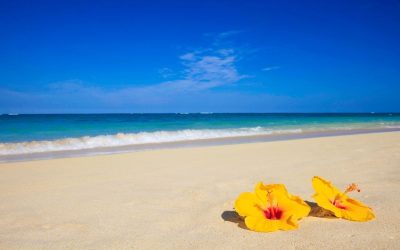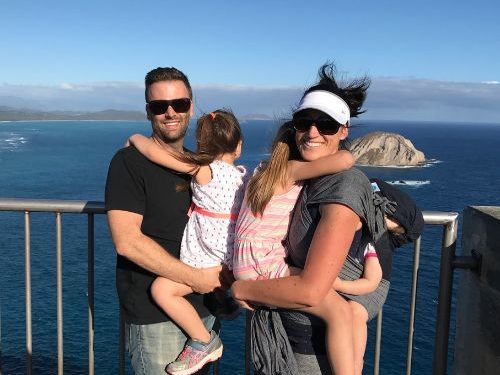The Overthrow of the Hawaiian Kingdom on January 17, 1893
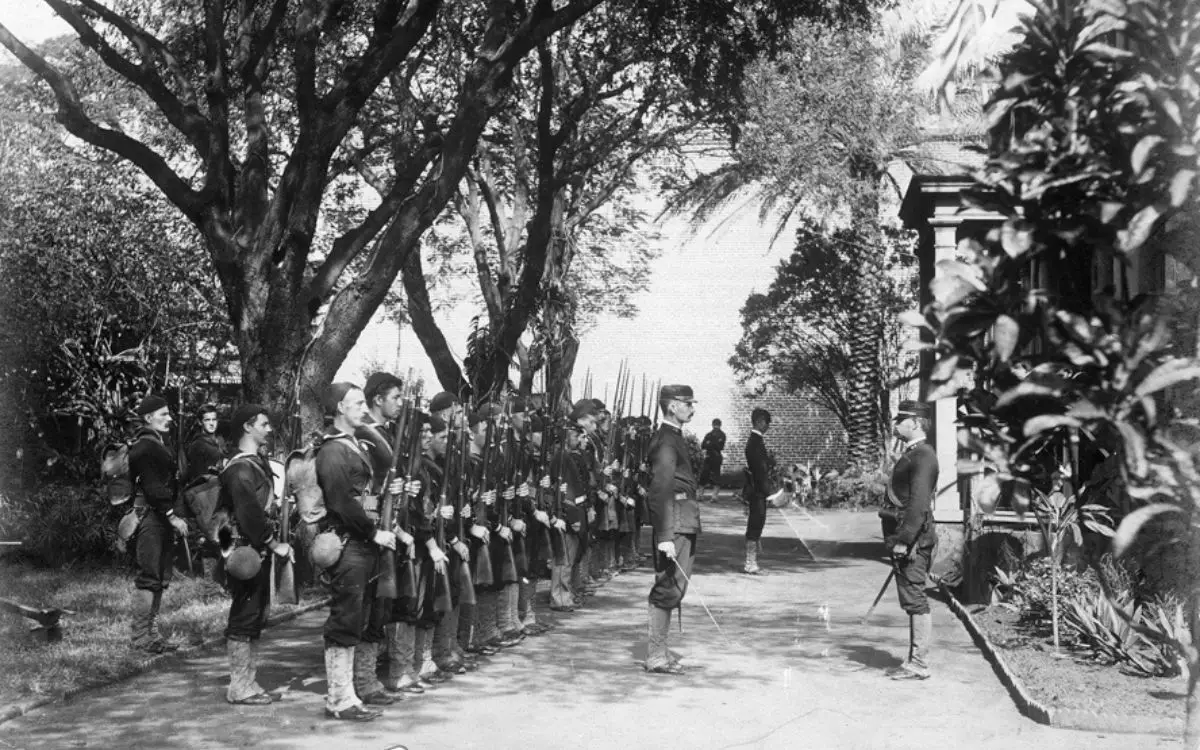
Overthrow of the Hawaiian Kingdom. (2024, January 16). In Wikipedia. https://en.wikipedia.org/wiki/Overthrow_of_the_Hawaiian_Kingdom
On January 17, 1893, the Hawaiian Kingdom, a globally respected and independent nation, was illegally overthrown in a significant historical event involving American businessmen and U.S. Marines.
This blog post aims to explore the key elements and consequences of this momentous event.
How Was the Hawaiian Kingdom Overthrown in 1893?
The Hawaiian Kingdom was overthrown on January 17, 1893, primarily due to an attempted constitutional reform by Queen Liliʻuokalani, aimed at increasing monarchical power against a legislature dominated by Euro-American business interests.
This move by the Queen triggered a reaction from these business elites, who, feeling threatened by the proposed increase in royal authority, orchestrated the overthrow of the kingdom with the support of U.S. military forces.
Consequently, this event marked a pivotal change in Hawaii’s political landscape, leading to the eventual annexation by the United States.
Planning a trip to Hawaii? Join our Hawaii Travel Facebook Group here now! It’s the perfect place to ask any questions and to be inspired!
This overthrow of the Hawaiian Kingdom post is written by Bryan Murphy, an expert in Hawaii travel and a top-rated podcast host. The post may contain affiliate links, meaning I may earn a small commission if you use the provided links. Learn more on my privacy policy page.
Planning Your Trip? Use Our Favorite Resources!
🏨 Accommodations: We recommend Expedia
✈️ Flights: For the cheapest flights, we use Skyscanner
🚗 Rental Car: We recommend Discount Hawaii Car Rental
🌋 Attractions: We recommend Get Your Guide
🌺 Luaus and Tours: We recommend Hawaii Tours
📱 Mobile Tour App: Our favorite is Shaka Guide
We will delve into the intricate dynamics of political, economic, and cultural forces that led to the Hawaiian Kingdom’s downfall and its subsequent annexation by the United States.
Our journey through this historical narrative will not only highlight the complexities of this period but also reflect on its lasting impact on Native Hawaiians and the broader themes of sovereignty and justice in international relations.
Key Takeaways of the Overthrow of the Hawaiian Government
- The Hawaiian Kingdom was illegally overthrown on January 17, 1893, by a group of American businessmen with the support of U.S. Marines.
- President Grover Cleveland ordered an investigation that concluded that the actions against Hawaii were acts of war and illegal under international law.
- No legal treaty or agreement has ever dissolved the sovereignty of the Hawaiian Kingdom according to international standards despite its annexation by the United States in 1898.
- In 1993, President Bill Clinton signed an apology acknowledging America’s wrongful overthrow of the Hawaiian monarchy but did not restore sovereignty to Hawaii.
Background of the Hawaiian Kingdom
Before we delve deeper into the history, let’s take a look at the Hawaiian Kingdom’s origins. This kingdom was once a thriving independent nation acknowledged by world powers like the United States and the United Kingdom.
It formed treaties with many countries and had its own diplomatic representatives around the globe.
The Hawaiian Kingdom was not just an isolated group of islands; it played a significant role on the international stage. With established governance structures, Hawaii commanded respect in global affairs as a constitutional sovereign state.
Its rich history sets the stage for understanding how events unfolded during its illegal overthrow.
The Rise of the Sugar

Sugar became important in Hawaii long ago. It brought wealth but also caused problems. In 1875, the United States wanted Hawaiian sugar without high taxes, so they made a deal. This agreement was called the Sugar Reciprocity Treaty.
It meant US goods could also enter Hawaii tax-free.
This treaty helped sugar plantations grow fast. Many people from different countries came to work on them. They hoped for better lives in Hawaii’s sunny fields and factories.
But this growth had a downside, too. Plantation owners became powerful and influenced politics. They wanted more control over the kingdom and its monarchy.
The Rebellion of 1887 and the Bayonet Constitution
The success of sugar opened doors for outsiders to gain influence in Hawaii. This change set the stage for the Rebellion of 1887. Frustrated foreigners and local businessmen demanded a new constitution from King Kalākaua.
They wanted more power and less interference from the monarchy in their profitable sugar industry. They gathered armed forces and threatened the king, forcing him to sign what became known as the Bayonet Constitution.
This new constitution was devastating for Native Hawaiians. It took away much of their voting rights only allowing landowners to vote, who were primarily non-natives at that time.
The move shook up Hawaiian politics, giving more control to non-Hawaiian residents with financial interests on the islands rather than those born in Hawaii.
Power shifted dramatically towards foreign businessmen and away from native people and their elected representatives—an aggressive step towards stripping away Hawaii’s sovereignty and setting a direct path toward annexation by foreign powers.
The Wilcox Rebellion of 1888
Robert Wilcox led a rebellion in 1888 to bring power back to the Hawaiian monarchy. His group wanted Queen Liliʻuokalani to have real control, not just be a figurehead under the Bayonet Constitution.
The rebels felt cheated by the new laws that took away their rights. They fought against the forces supporting the new government but did not win.
Wilcox’s act showed people’s anger and desire for true leadership from their queen. It was a key moment before things got even worse in Hawaii. Next, Queen Liliʻuokalani tried to make her own changes to Hawaii’s government.
Attempt by Liliʻuokalani to Re-write the Constitution
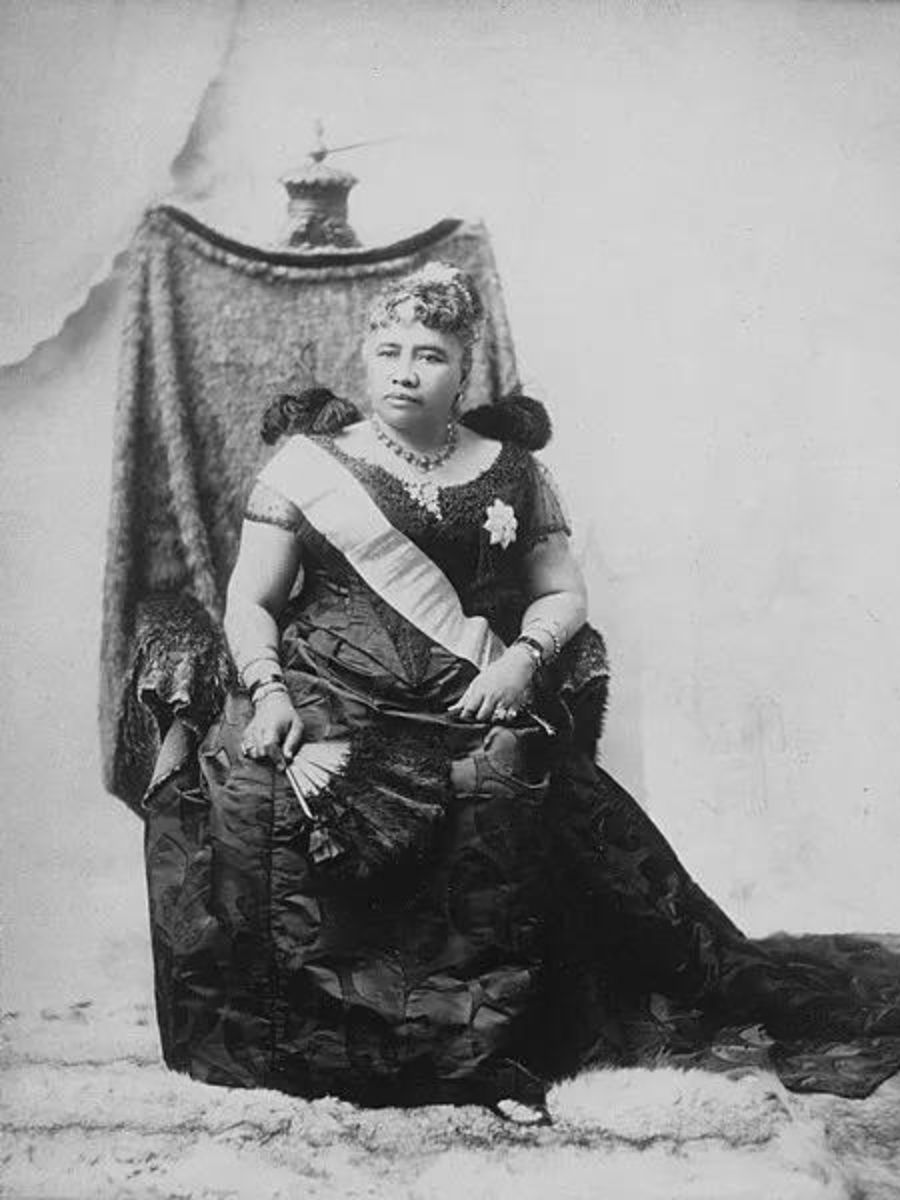
Queen Liliuokalani. Photographed around 1891 by James J. Williams (Source: Honolulu Star-bulletin., November 12, 1917, 3:30 Edition, Page 3). Public Domain
After the Wilcox Rebellion fizzled, Queen Liliʻuokalani took a bold step. She planned to rewrite the Hawaiian Kingdom’s constitution. Her goal was simple: give more power back to her throne and to the Native Hawaiian people.
Many non-natives in Hawaii got worried about this plan because they had gained a lot of control under the existing “Bayonet Constitution.”
Liliʻuokalani believed it was time for change, but others pushed back hard. These powerful business groups didn’t want to lose their grip on the islands’ economy or politics. The queen’s attempt sparked anger and fear among them.
This push by Liliʻuokalani stirred up major trouble, leading to the kingdom’s overthrow. It also caught Uncle Sam’s eye—leading U.S. forces to declare Hawaiʻi as their protectorate later on down the line.
Queen Liliʻuokalani’s brave move showed her commitment to her people and land, even though it had dark consequences for Hawaii’s future as an independent nation.
The 1893 Illegal Overthrow of the Hawaiian Kingdom Government
Queen Liliʻuokalani tried to bring back power to the Hawaiian people in 1893. She wanted a new constitution that was fair for all. But some did not like this plan. A group of businessmen and sugar planters formed a committee.
The truth about the overthrow of the Hawaiian Kingdom is a tale full of controversy. In 1893, Queen Lili’uokalani was forced out by a coup with ties to American interests. Reports say that U.S. troops landed in Hawaii without permission. This unauthorized military action upset President Cleveland at the time.
This group moved quickly and took over government buildings in Honolulu. They forced Queen Liliʻuokalani to give up her throne. The queen knew she could not fight them because they had more guns and soldiers than she did.
On January 17, 1893, things changed forever for Hawaii. The Hawaiian flag fell at Iolani Palace as America’s stars and stripes went up instead. This act did not have any legal support from treaties or international law.
Today, debates continue over this part of history. Some argue it should be undone to restore what was wrongfully taken from Hawaiians long ago.
Aftermath of the Overthrow
After the dust settled on the Hawaiian Kingdom’s fall, a complex aftermath began to unfold. From fiery local resistance to international diplomatic maneuvers and varied responses from the United States.
These reverberations would forever alter Hawaii’s course—and raise questions that linger over a century later.
Local Response
Hawaiians didn’t just watch their kingdom fall; they fought back. The Hawaiian Patriotic League, formed by citizens of the Kingdom, stood strong in opposition. They voiced a loud protest against the provisional government that took power after the coup d’état.
People all over the islands were determined to restore their Queen and maintain Hawaii’s sovereignty.
The Royal Hawaiian Band played as people gathered to support Queen Liliʻuokalani. They raised Hawaiian flags high, showing their resistance to losing their nation. Many locals refused to recognize the new rulers or the push for annexation to the United States.
Their love for their land and monarch was clear—they wanted their voices heard and respected in shaping Hawaii’s future.
United States Response
President Cleveland called out the action as an act of war against Hawaii’s lawful government, recognizing it as illegal under international law.
This armed intervention led to the forced removal and illegal occupation by America.
Despite these findings, no steps were taken by Congress or succeeding administrations to reverse the annexation that followed or restore Hawaiian sovereignty.
The results of this inquiry set a precedent on the U.S.’ understanding—it recognized its own part in undermining another nation’s independence but took no corrective measures to make amends for its actions.
International Response to the Occupation of the Hawaiian Kingdom
Countries around the world watched as Hawaii’s monarchy fell. Some foreign governments quickly recognized the provisional government established after the coup. They did this even though Queen Liliʻuokalani protested against it.
She said she was forced to give up power because of the United States’ involvement.
Outside of official circles, people had mixed reactions to what happened in Hawaii. Many didn’t know all the details or understand that Hawaiian sovereignty was taken illegally. Still, news about these events spread across seas and continents.
With international eyes on Hawaii, a new chapter began as U.S. President Grover Cleveland sent a message to Congress admitting acts of war against Hawaii took place during the overthrow.
The Counter-Revolution in Hawaii

Loyalists to the Hawaiian monarchy fought back with a counter-revolution. In 1895, they tried to restore Queen Liliʻuokalani to power.
The queen was no longer on the throne, but her supporters gathered weapons and planned their fight.
However, the provisional government caught wind of it and quickly crushed their efforts. Many were arrested, including Queen Liliʻuokalani herself. She was forced to officially give up her claim to the throne while under house arrest in Iolani Palace.
This sad event marked an end to any hope of restoring Hawaii’s former rulers.
Transition to Republic, Annexation to the United States, and Territory Status
With Hawaii’s monarchy ending abruptly in 1893, this paved the way for the provisional government, which later became the Republic of Hawaii. The United States saw strategic value in these islands and they were eager to have them.
In 1898, during the Spanish-American War, the U.S. annexed Hawaii as a territory.
Life changed for many after annexation. Hawaiians lost independence and had to follow new laws from a distant land. The U.S. built military bases on Hawaiian soil, bolstering its presence in the Pacific region.
Soon enough, sugar plantations boomed under American control but at a cost to local culture and traditions.
As a U.S. Territory, Hawaiians could not vote for presidents or have full representation in Congress. The journey continued until statehood was granted in 1959 by President Eisenhower with Hawaii becoming the 50th state of America.
But many still remember that once upon a time their land had its own ruler and flew its own flag—a kingdom that was overthrown without its people’s consent.
The Status of the Hawaiian Kingdom under International Law
The Hawaiian Kingdom was a recognized independent State in the 19th century, with full legal standing among nations. Countries like the United States and the United Kingdom had formal relations with Hawaii.
This status under international law didn’t vanish even after the illegal overthrow by parties backed by US military force. Instead, international laws protect Hawaii’s sovereignty.
Today, those actions are seen as an act of war against Hawaii under international standards. Despite years of American control, global laws still recognize and defend Hawaiian statehood as it once was.
Presidential Investigation into the Overthrow
When Special Commissioner James Blount arrived in Hawaii, President Grover Cleveland tasked him with conducting a thorough investigation into the circumstances surrounding the overthrow of the Hawaiian Kingdom.
He talks to people, looks through documents, and unravels what really happened.
Imagine the scene: U.S. troops march onto Hawaiian soil with their weapons ready. They come from the steamer USS Boston, bringing cannons, medics, and stretchers as if for battle. This show of force shook the islands’ peace in 1893.
Blount’s report pulls back the curtain—it’s clear that American soldiers invaded without right or reason. Secretary of State Walter Gresham tells President Cleveland all about it.
The president takes this news to Congress, saying these acts are like declaring war on a friendly nation.
As you walk along Honolulu’s historic streets today, picture that past—when America landed troops uninvited and changed Hawaii forever.
The Conclusion of the Investigation: Acts of War Against Hawaii
The investigation didn’t end without stirring waves. It revealed acts of war against Hawaii by the U.S., highlighting a dark chapter in history.
This acknowledgment led to an official apology in 1993 from the United States, aiming to mend fences with Native Hawaiians.
Learning about these events shows us how powerful forces changed Hawaii forever. It encourages you to think deeply about sovereignty and justice. Actions taken more than a century ago still echo today, pushing for recognition and reconciliation.
Unconstitutional Hawaiian Occupation, Annexation, and Statehood
You might not know this, but the Hawaiian Kingdom was never legally given up to the United States. It’s a big deal because it means Hawaii was occupied without the kingdom’s okay.
In 1993, U.S. President Bill Clinton signed something important called Public Law 103-150. This law said sorry for how America treated Hawaii and admitted that taking over the kingdom wasn’t legal.
Even though this apology happened, Hawaii is still part of the United States today.
Learn More: Additional Resources
As you reflect on Hawaii’s past, you might want to dive deeper into its history. Here are some resources to help you understand the overthrow of the Hawaiian Kingdom and what followed.
- Visit the `Iolani Palace in Honolulu`, where you can take guided tours and see where the Hawaiian monarchy lived and worked.
- Check out the `Bishop Museum` for extensive exhibits on Hawaiian culture, history, and the kingdom’s relationship with other nations.
- Read “Lost Kingdom: Hawaii’s Last Queen, the Sugar Kings and America’s First Imperial Adventure” by Julia Flynn Siler to gain insights into the events leading up to the overthrow.
- Explore online archives like the `Hawaiian Digital Collection` at the University of Hawaii for historical documents, photographs, and records.
- Watch documentaries such as “The Overthrow of the Hawaiian Kingdom”, which covers key moments in 19th-century Hawaii.
- Attend community talks or educational workshops hosted by native Hawaiian organizations that focus on their history and sovereignty movement.
Wrap-Up for the Overthrow of the Hawaiian Kingdom
You’ve seen the truth about Hawaii’s past. The Hawaiian Kingdom fell on January 17, 1893, under unfair force. Powerful folks from America helped overthrow it and changed history. Years later, the U.S. said sorry for taking over illegally.
The facts show that Native Hawaiians lost their kingdom without a fair fight. This part of history matters a lot today. It teaches us about justice and how countries should treat each other.
Remember, you can always learn more! Look up resources to dig deeper into this story. Think about what happened in Hawaii long ago.
Stand up for fairness when you see wrongs in history! Each one of us can help make things right by understanding and respecting the past. Let’s honor the true story of Hawaii together.
RELATED PODCAST: The Overthrow of the Hawaiian Kingdom
FAQs for the Overthrow of the Hawaiian Kingdom
1. What happened during the overthrow of the Hawaiian Kingdom?
In 1893, a group called the Hawaiian League, with support from some citizens of the United States and U.S. troops, overthrew Queen Liliʻuokalani and her government.
2. Did the United States of America officially support this overthrow?
No, there was no official decision by the government of the United States to overthrow Hawaii at that time; however, soldiers were involved which caused controversy.
3. Was there a treaty that annexed Hawaii to the United States immediately after?
No immediate treaty annexed Hawaii; it took more years before an actual treaty was signed in 1898 during President McKinley’s term.
4. Who were against this takeover within Hawai’i?
Many Native Hawaiians and others living in Hawai’i didn’t like what happened and wanted their kingdom back with its independence untouched.
5. What is the significance of the illegal overthrow of the Hawaiian Kingdom?
The illegal overthrow of the Hawaiian Kingdom marks a critical event in history, as it led to the erosion of the constitutional government of the Hawaiian Kingdom by certain persons claiming the force of the United States.
6. Who was involved in the illegal overthrow of the Hawaiian Kingdom?
The illegal overthrow of the Hawaiian Kingdom was carried out by certain persons claiming the force of the United States, which resulted in the removal of the legitimate authority of the Hawaiian Kingdom.
7. What were the consequences of the illegal overthrow of the Hawaiian Kingdom?
The consequences of the illegal overthrow of the Hawaiian Kingdom were profound, as it caused United States troops to be landed in Hawaii and resulted in the loss of independence of the Kingdom.
8. How did the United States become involved in the overthrow of the Hawaiian Kingdom?
The involvement of the United States in the overthrow of the Hawaiian Kingdom was driven by the actions of certain individuals who sought the intervention of the United States to support the unconstitutional removal of the legitimate government of Hawaii.
9. What led to the unconstitutional overthrow of the Hawaiian Kingdom?
The unconstitutional overthrow of the Hawaiian Kingdom was triggered by certain individuals who sought to avoid any collision of armed forces and orchestrated the invasion of the Kingdom by United States troops.
10. What efforts have been made to restore the monarchy and the government of the Hawaiian Kingdom?
Various efforts have been made to restore the monarchy and reinstate the authority of the Hawaiian Kingdom, seeking to redress the injustice caused by the illegal overthrow and restore the legitimate government of the Kingdom.
11. What impact did the illegal overthrow of the Hawaiian Kingdom have on the well-being of the Hawaiian people?
The illegal overthrow of the Hawaiian Kingdom had a significant impact on the well-being of the Hawaiian people, leading to the loss of independence, sovereignty, and the governance that served the best interests of the Hawaiian nation.
12. How has the illegal overthrow of the Hawaiian Kingdom been recognized and addressed over time?
Over time, there has been growing recognition of the illegal overthrow of the Hawaiian Kingdom, leading to efforts to address the historical injustice and work towards restoring the rights and sovereignty of the Hawaiian people.
13. What role did non-native Hawaiians play in the reform party of the Hawaiian Kingdom?
Non-Native Hawaiians were involved in the reform party of the Hawaiian Kingdom, which played a part in the events leading to the illegal overthrow, bringing about profound changes in the government and sovereignty of Hawaii.
14. What was the Excellency John L. Stevens’s involvement in the overthrow of the Hawaiian Kingdom?
The involvement of Excellency John L. Stevens in the overthrow of the Hawaiian Kingdom played a pivotal role, as he declared that he would support and use his influence to bring about the illegal overthrow and personally made efforts to cause the landing of United States troops in Hawaii.
Enjoyed this Post About the Overthrow of Hawaii? (Pin it to save it!)
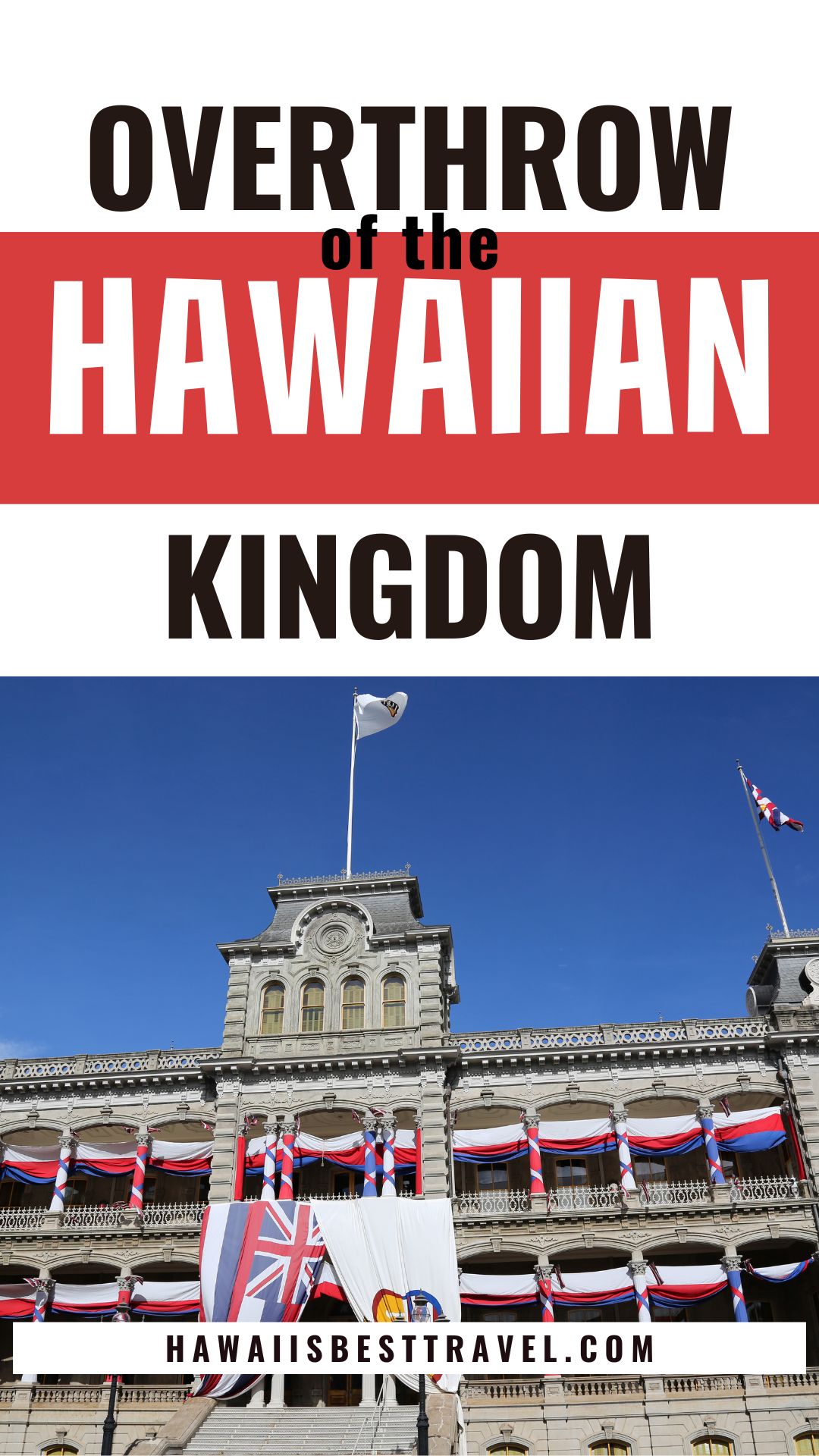
RELATED POSTS
The Best Hawaiian Roll Cinnamon Rolls
This post may contain affiliate links, meaning I earn a small commission if you use the links. View our Privacy Policy and for...
Hawaiian Roll Ham Sliders: The Best Easy Recipe (4 Variations)
This post may contain affiliate links, meaning I earn a small commission if you use the links. View our Privacy Policy and for more.RECOMMENDED POSTS
15 Beautiful Hawaiian Flowers You Must See
Visiting Hawaii and not witnessing its magical tropical flowers is like having cake without the frosting on top 😉 With over 90% native to Hawaii...
Bryan Murphy is the creator of Hawaii’s Best Travel and a Certified Hawaii Destination Expert through the Hawai‘i Visitors Bureau. He’s an active member of the Hawai‘i Visitors and Convention Bureau and continues ongoing education focused on Hawaiian culture, history, and sustainable travel. As the host of the “Hawaii’s Best Travel” podcast—one of the top travel podcasts in the U.S.—Bryan shares practical, respectful guidance to help visitors experience Hawai‘i in a more meaningful way. His work reaches nearly half a million people across podcast, blog, and social media.




